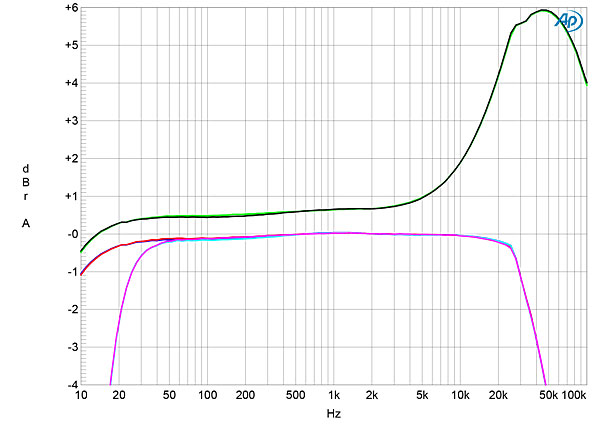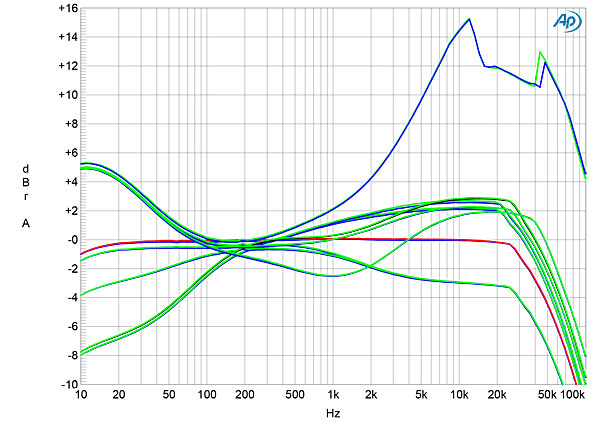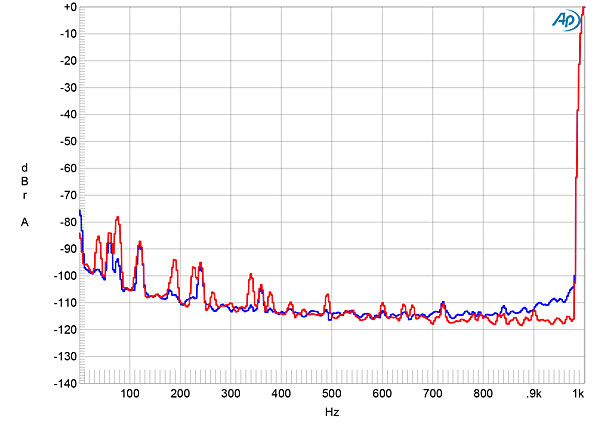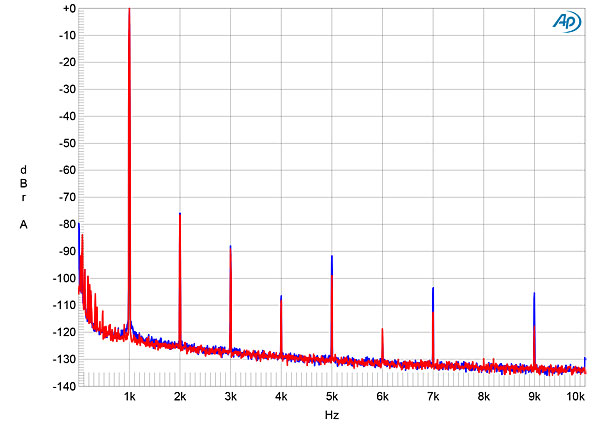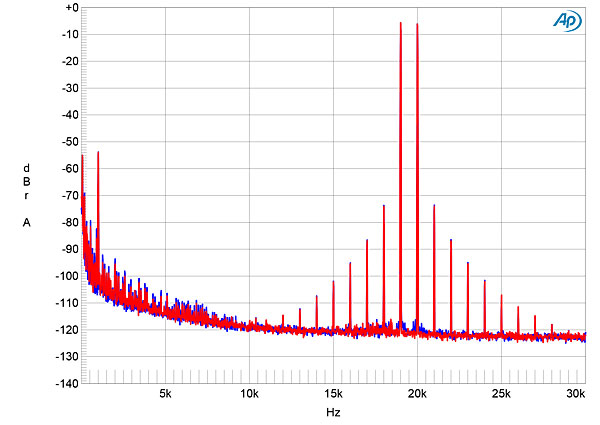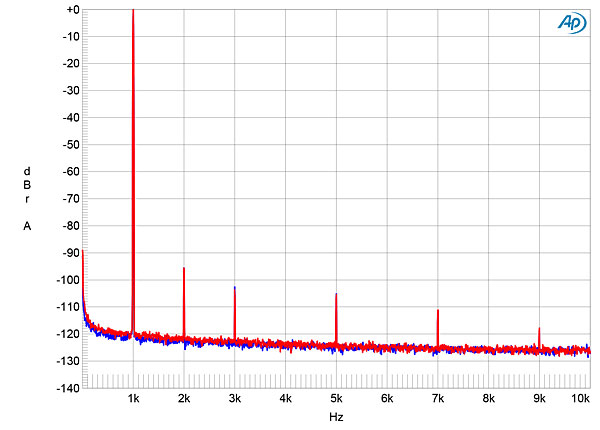| Columns Retired Columns & Blogs |
The aesthetics, engineering methodology, Michael Fremer's existence, the price, the country of origin, its comparison to other phono stages costing 10-50x less, and other random complaints hasn't brought out the trolls yet.
